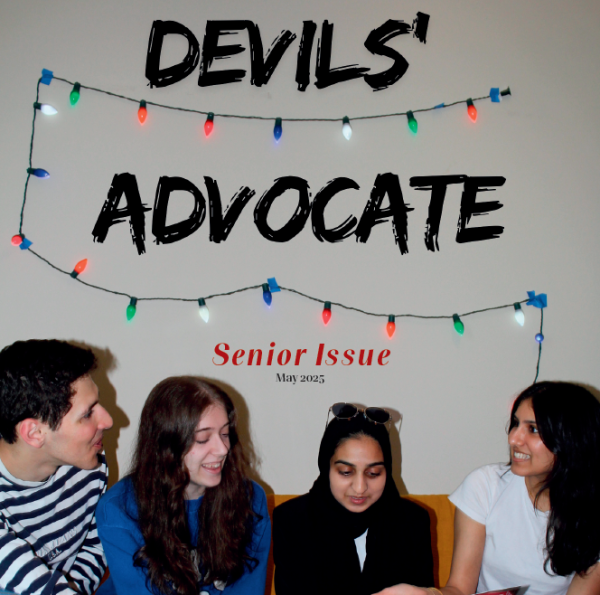The reality of food allergies
High School. Crowded hallways, narrow lockers, gym uniforms, and, most importantly, lunch. Standing in line. Holding a red tray with food precariously perched on it. Sitting with friends and talking. Getting in that last round of studying before your big test. What’s missing? The food itself. Whether it’s loved or hated, most of us can probably agree that school lunches need a re-do. The most important part of this revamping of school lunches would be adding labels with allergen information to any and all foods distributed by the cafeteria.
About 26 million adults, teenagers and children in the United States alone have food allergies. This is about 10.8% of the general population, according to the Asthma and Allergy Foundation of America (AFFA). AAFA also reported that food allergies are the most common health issue affecting children in the US.
As of December 7th, 2021 the population at Hinsdale Central is 2,613 students. Applying the aforementioned 10.8%, that number turns into 283 students who suffer from any kind of food allergy, not including any intolerances like gluten or lactose.
If 283 students suffer from potentially life-threatening allergies, then why does our cafeteria still not have labels on the foods that are potentially dangerous?
Walking into the Hinsdale Central Cafeteria, students will see that there are three cookies in individually wrapped bags, along with other pastries like donuts and muffins. These bags have no trace of an indication of allergen information.
According to the U.S Food and Drug association (FDA), “food manufacturers [must] label food products that contain ingredients, including a flavoring, coloring, or incidental additive that are, or contain, a major food allergen using plain English to identify the allergens.”
Not only does the practice of not clearly labeling foods not meet the FDA’s requirements, it is dangerous and life threatening.
Not all of these students will order lunch, though. According to a poll done on 32 D86 students, 53.1% of responses said that they order lunch at school. Applying that percentage to the earlier 283, the result is 150 students. Though that dramatically drops the number, that’s still 150 students who put their lives on the line for lunch.
According to FARE (Food Allergy Research/Education), every year 200,000 people around the US need emergency medical care due to a food allergy. In fact, 18% of children in the US have experienced at least one allergic reaction at school within the past year.
A fix for this issue is easily made, and it would make all the difference. A printed sticker and a check mark could possibly save a student’s life. As a student with a nut allergy, I can confirm that the guessing game of school lunches is too much, especially when my life is on the line. To my teachers, administrators, and lunch monitors do not let me or any of your other students become a part of either of the aforementioned statistics and start labeling your cafeteria food.

Hi! My name is Finley Bisch and I am a senior at Hinsdale Central! I’m a cheerleader, runner and a member of the Devils' Advocate (obviously)! When I’m...















claire may • Dec 5, 2022 at 10:23 am
i think this is a really incredible piece and some of the best work by finley amelia bisch, it really made me think about the food offered at lunch & how we need to bring change.